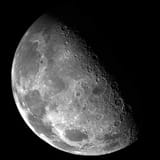Shining light on solar activity and the Moon’s exosphere—a Diwali gift from Chandrayaan 2
Moon Monday #247 and Indian Space Progress #32
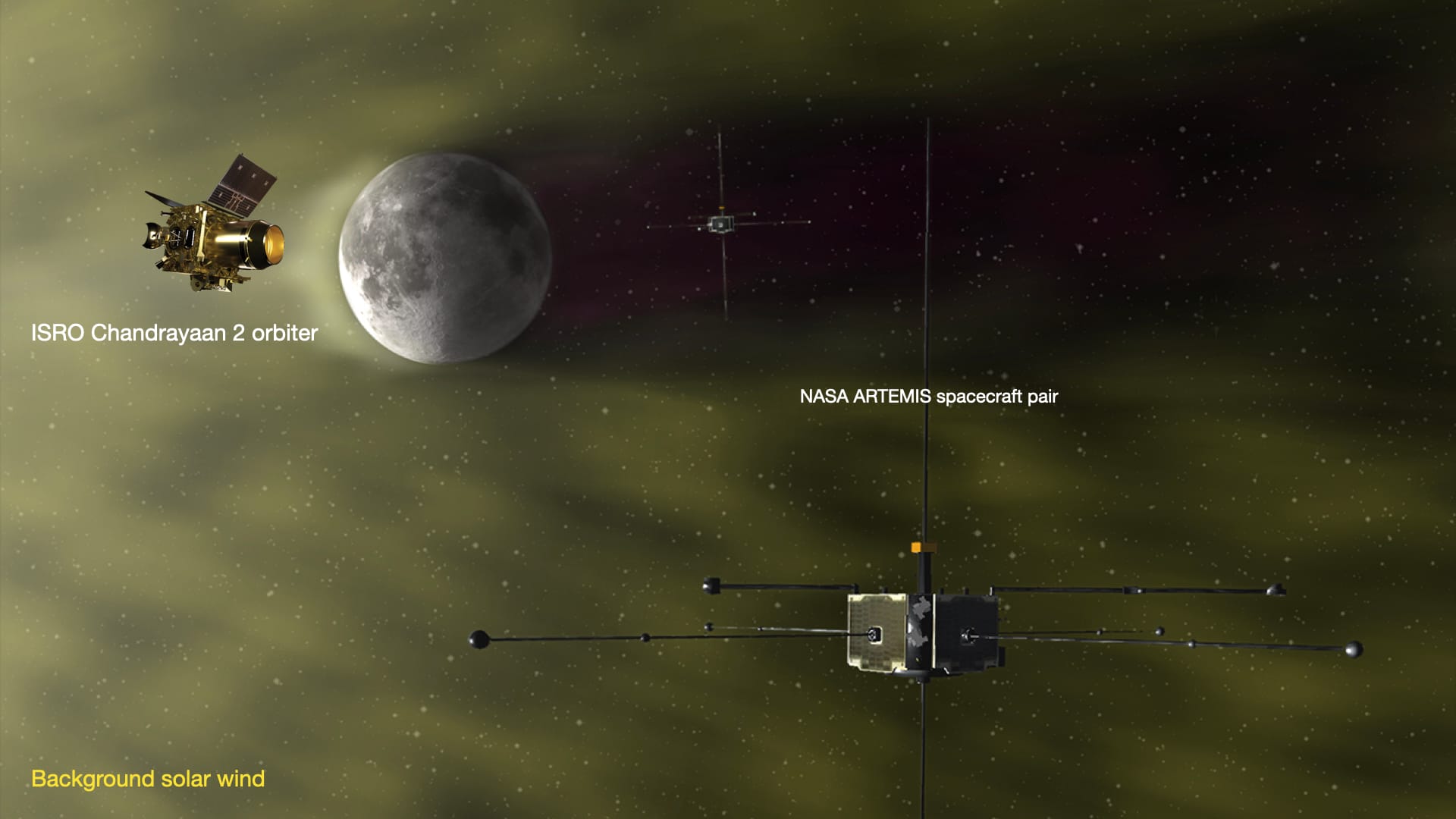
Theoretical and computational models of highly energetic solar storms have predicted for more than a decade that the density of the Moon’s nearside exosphere increases by at least ten times during such events. Between our Moon having no global magnetic field to shield its surface and the charged, energetic solar wind particles bombarding the ground like a machine gun, solar storms release a greater number of atoms to the exosphere than during normal solar activity. But until now there have been no confirmed measurements to know the real rate increase.
Last year’s heightened solar activity which caused widespread auroras on Earth provided an opportunity to Indian researchers for utilizing the Chandrayaan 2 orbiter to confirm or deny these predictions as well as refine them. A newly published paper based on data from the orbiter’s neutral gas mass spectrometer (named CHACE-2) taken during the time of the heightened solar activity now confirm that the nearside lunar exosphere became at least tenfold denser. Said solar storms were also observed by the Chandrayaan 2 orbiter’s X-ray solar monitor.
You probably wouldn’t get a clear enough picture of this if you read ISRO’s only-jargon-filled release about the discovery on its website, which also needs multiple typo fixes. The release meant for science popularization does not even attempt to capture the unique importance of studying our Sun from the vantage point of our Moon as opposed to elsewhere. That ISRO does not even consider leveraging any of the fairly large number of science writers in the country for such releases, much less think about actively supporting the growing talent, is inefficient. In any case, with the aforementioned discovery explained in brief above, here’s my attempt at capturing its broader picture: why the Chandrayaan 2 orbiter studies the Sun from the Moon, what scientists have found through it, and why the endeavor is unique and relevant to future exploration.
Sponsored job listings: PierSight Space is hiring for 11 roles—and particularly a senior Embedded Software developer, a lead for Antenna Design, and AIT Mechanical & Electrical engineering leads—to join their teams in Ahmedabad and Bangalore who are building a constellation of SAR-AIS satellites for persistent, all-weather ocean monitoring.
The Sun watcher
By now it’s clear that the Chandrayaan 2 orbiter doesn’t just study the Moon’s surface and aid its exploration but observes the Sun too. Specifically, scientists use the orbiter’s high-resolution Solar X-ray Monitor (XSM) to study solar flares. In turn, XSM provides a reference for the orbiter’s Chandrayaan-2 Large Area Soft X-ray Spectrometer (CLASS) instrument so it can map elements on the lunar surface. Scientists have published multiple results in international journals based on XSM’s unique observations of the Sun’s surface and atmospheric activities. These include results from statistical measurements of micro-flares and nano-flares crucial to understanding our Sun’s dynamic nature.
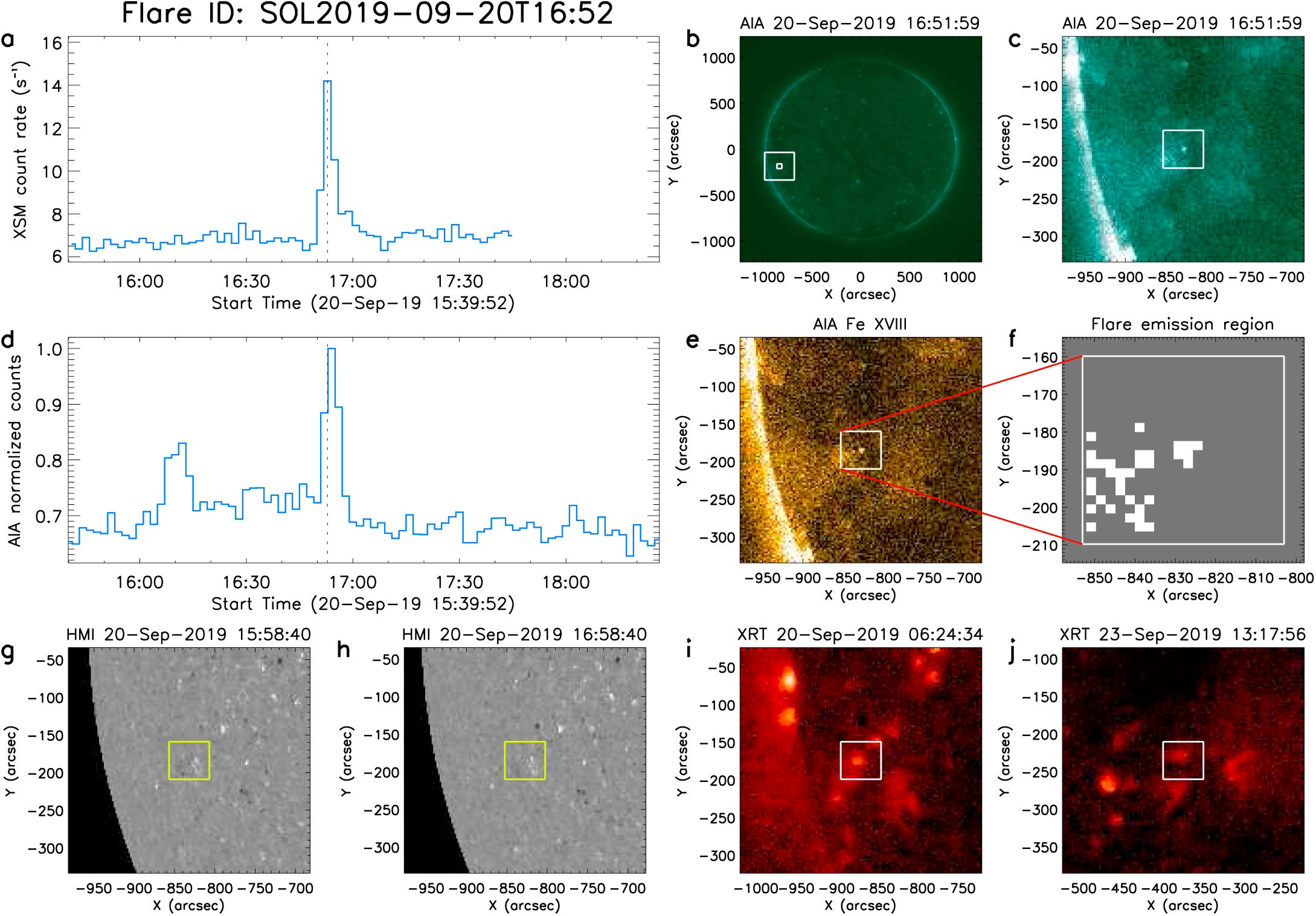
XSM studies of micro-flares and nano-flares are especially important because scientists think they’re relevant to unlocking a fundamental mystery about our Sun: why is its extended atmosphere, the corona, much hotter than its surface? Scientists have been debating since the 1940s how the Sun’s atmosphere is heated to a million degrees Celsius while the surface barely crosses 6,000. Recent close-up observations of many tiny eruptions across the Sun’s surface by ESA’s Solar Orbiter mission coupled with coronal measurements made by NASA’s Parker Solar Probe have helped scientists almost solve the coronal heating mystery.
In that context, having abundant micro-flare and nano-flare observations over time from other spacecraft at different vantage points, like the Chandrayaan 2 orbiter, has helped scientists contextualize and refine these results to improve our understanding of the Sun. Furthermore, through high-resolution measurements of the Sun’s background X-ray emissions, the Chandrayaan 2 orbiter’s XSM data has provided the first elemental abundances of magnesium, aluminum, and silicon in the Sun’s corona during quiet times, refining our understanding.
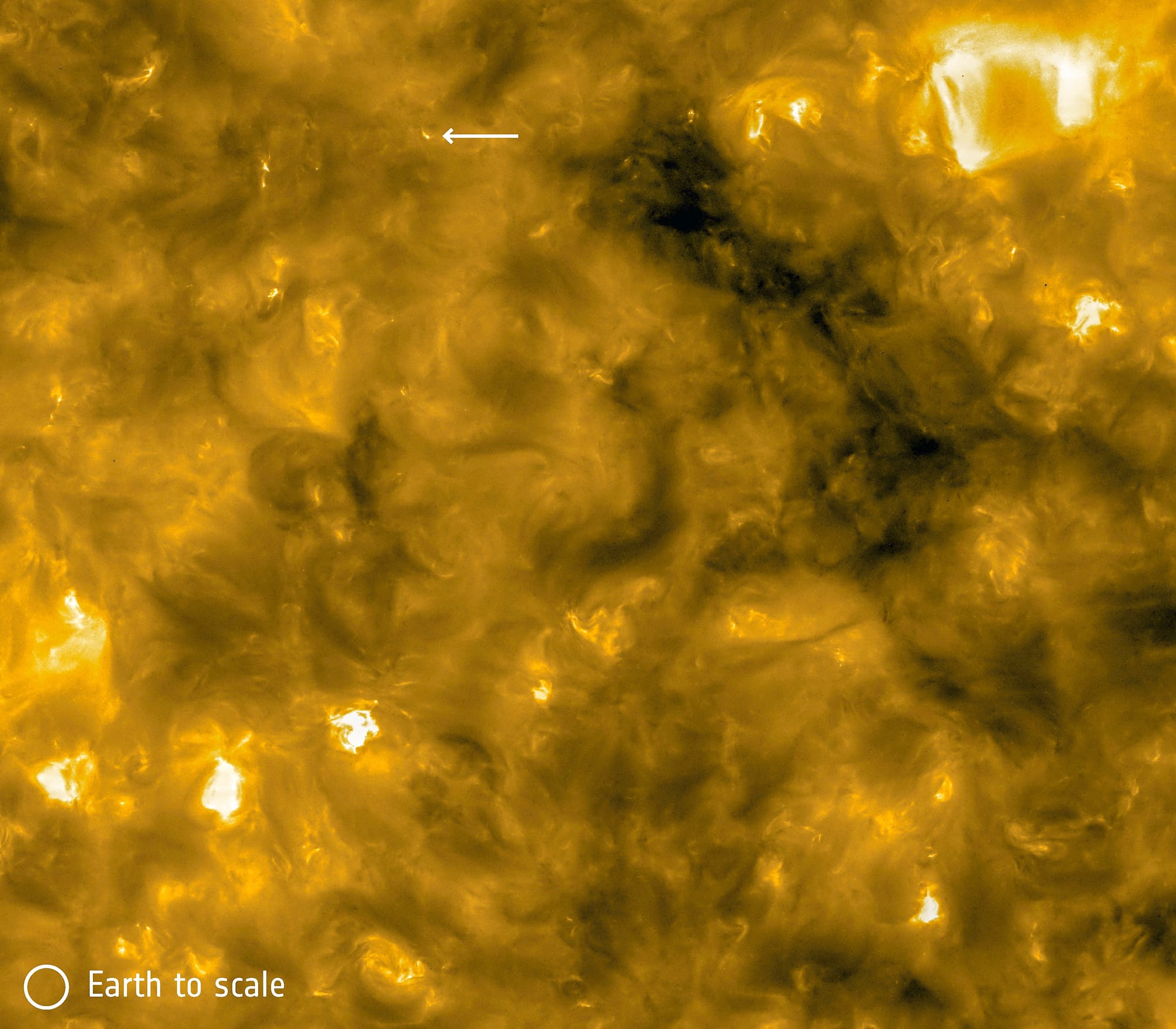
Protecting future lunar explorers
Other than XSM, the Chandrayaan 2 orbiter’s aforementioned CLASS instrument can detect some solar events too. In January 2022, CLASS detected two highly energetic proton emission events in the solar wind. NASA’s GOES-16 satellite couldn’t detect one of these two events because Earth’s magnetic field shielded it from said particles. The Chandrayaan 2 orbiter being at the Moon though could detect them, as could other Sun-studying spacecraft lying outside Earth’s magnetic field.
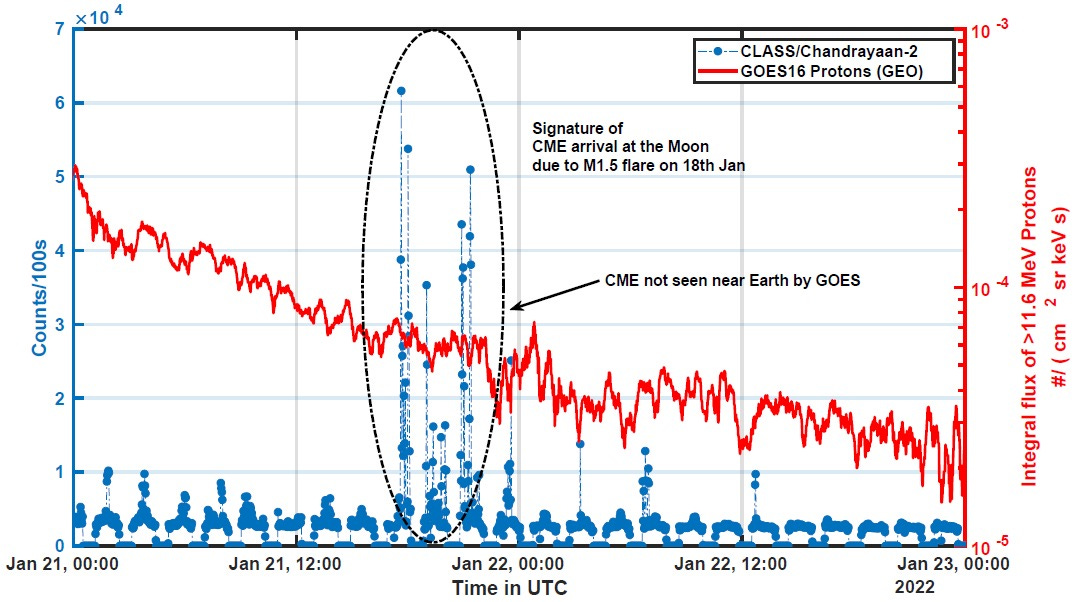
During August 4-7 in 1972, the Sun released several bursts of flares and associated energetic particles. This places its time between the Apollo 16 and 17 missions to the Moon in the same year. Had any of the astronauts been in lunar orbit or on the surface during the solar event, they could’ve faced damaging levels of radiation with the potential to cause cancer. As we prepare to send astronauts on much longer Moon missions and beyond, we’ll need to protect our explorers from such solar storms whose particles reach the Earth-Moon space in a matter of hours.
NASA’s Artemis I mission in 2022 studied solar radiation effects inside the Orion spacecraft that will host crew on future missions. The agency’s upcoming Artemis II flight will advance these studies further. India’s Chandrayaan 2 orbiter is aiding these safety efforts by improving our understanding of solar flares themselves as well as by helping scientists model how solar events affect the Moon, its exosphere, and the surrounding radiation environment as an overall place which will host future astronauts. Dedicated efforts from India for studying solar weather itself obviously include data from the recently launched Aditya-L1 solar observatory and its ongoing contributions but also specific institutional research such as the CESSI lab in IISER Kolkata, which focuses on the fundamental physics of stellar dynamics and modeling solar weather.
Chandrayaan’s Moon-based solar observations are helping extend all solar weather studies to an environment that future astronauts will be exposed to during long-duration missions as well as at Moonbases.
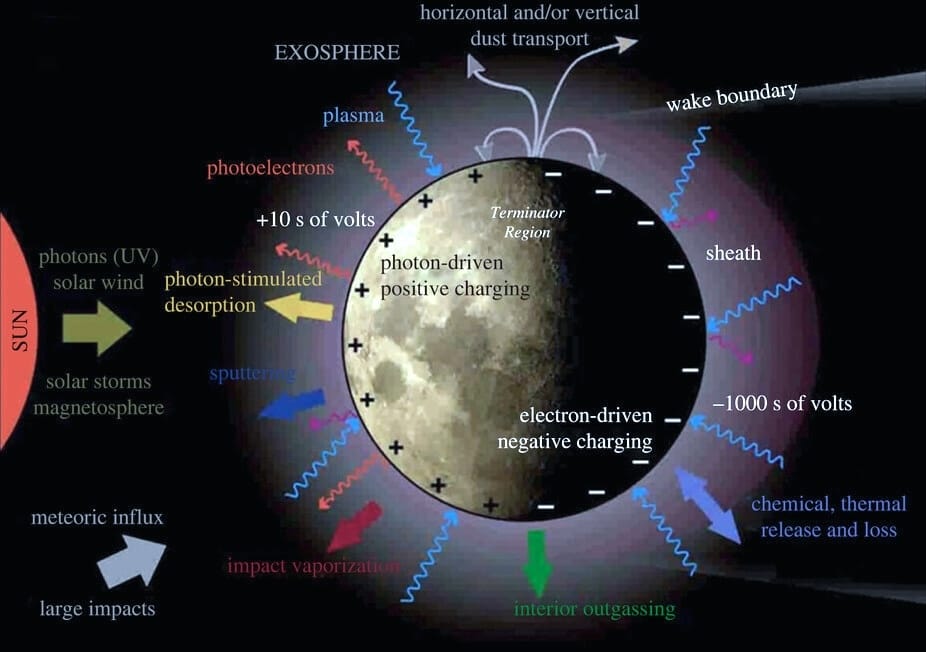
Many thanks to Takshashila Institution, PierSight, GalaxEye Space, Gurbir Singh and Catalyx Space for sponsoring this week’s special combined edition of Moon Monday and Indian Space Progress.
If you too appreciate my efforts to capture nuanced trajectories of India in space, support my independent writing:
Lunar water and exosphere
With the above context, let’s come back to the discovery we started with up top about the Sun’s wind affecting the lunar ionosphere. It affects water on the Moon too.
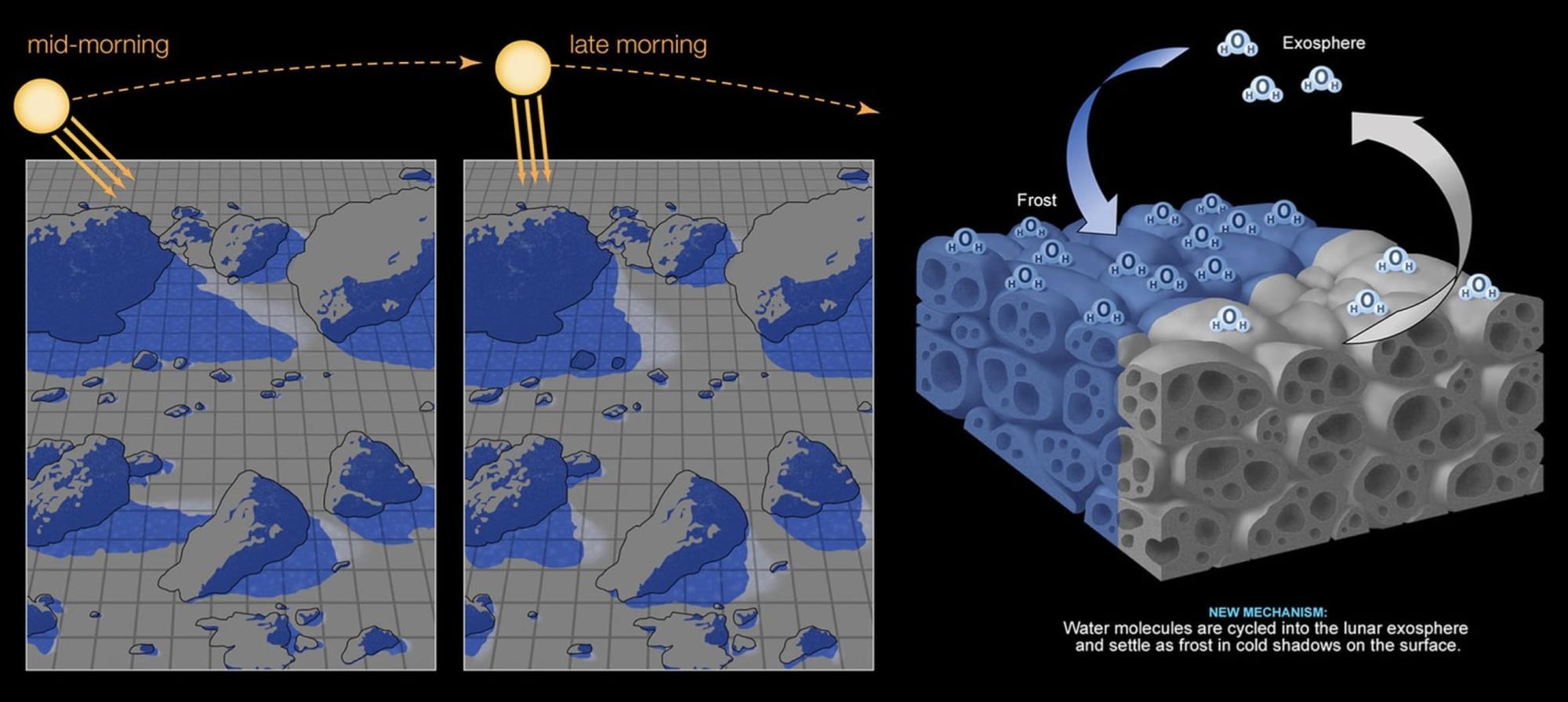
The Sun’s wind of charged particles is one of the key sources of lunar water, and so understanding how the solar wind shapes the lunar exosphere simultaneously helps us understand processes fundamental to it, which includes mechanisms of how water is altered and moves across the Moon, and how it’s lost. Lunar missions wanting to map and analyze surface water, like the upcoming joint ISRO-JAXA LUPEX rover, will be best served when accounting for all of these factors. The overall work also enables planetary scientists to make better water cycle models on other airless bodies across the Solar System like Mercury, gas giant moons, Ceres, etc.
Instead of explaining such interconnected aspects of the solar wind, the lunar exosphere, and human lunar exploration, ISRO’s aforementioned jargon-filled release about the importance of the discovery only states the following with no specifics or elaboration:
Apart from pushing the edge of our scientific understanding about the Moon and the lunar space weather (effect of the Sun’s emissions on the Moon), this observation also indicates the challenges of building scientific bases on the Moon. Lunar base architects need to account for such extreme events, which would temporarily alter the lunar environment, before the effects subside.
More lunar exosphere studies by Chandrayaan 2
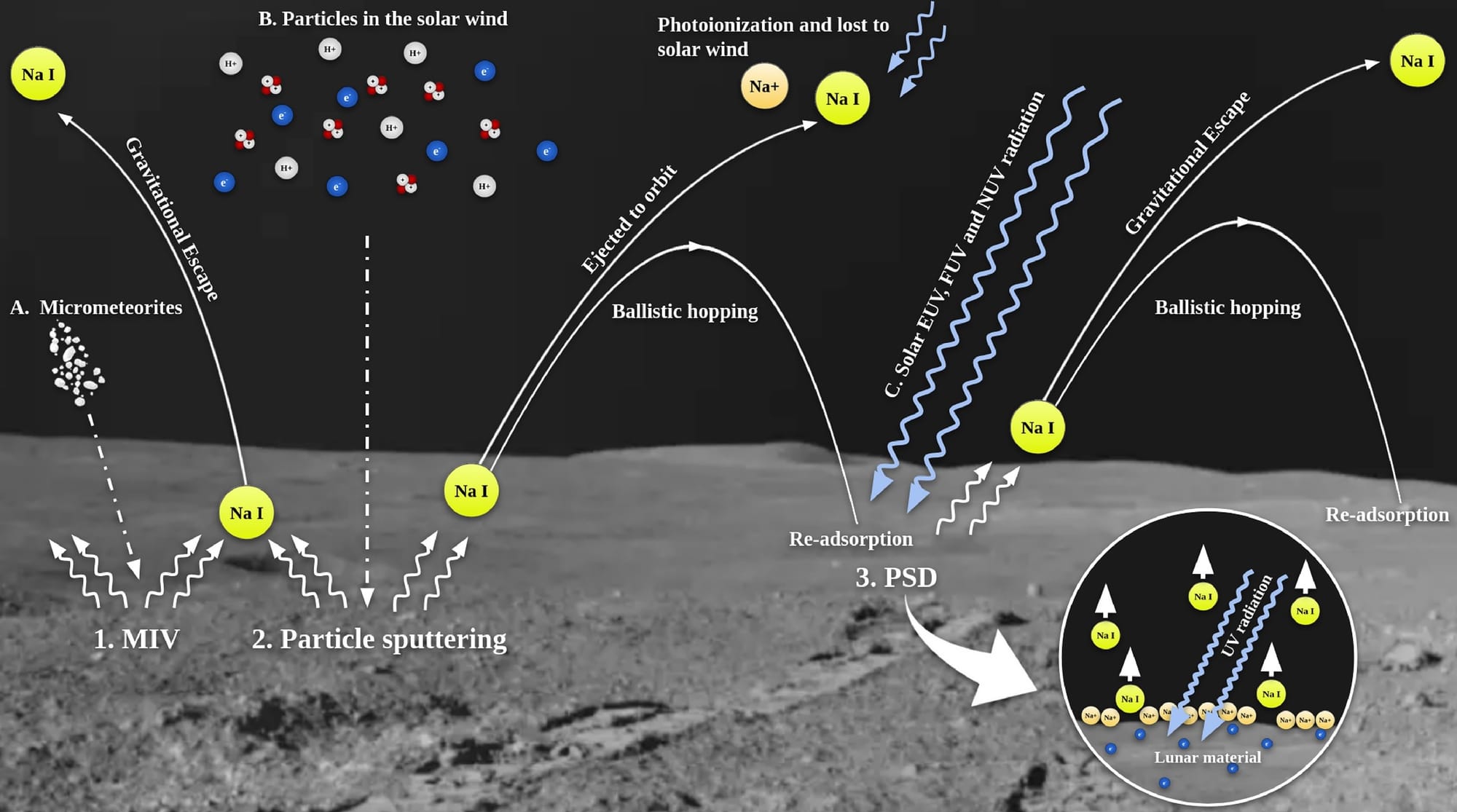
- Indian researchers finally recently made ground-based telescopic observations of sodium in the lunar exosphere, building up on the first ever global-scale sodium maps of the Moon as seen by the Chandrayaan 2 orbiter.
- Indian scientists analyzed how two-way radio signals between the Chandrayaan 2 orbiter and an Indian Deep Space Network antenna were affected, and used that to infer the first electron density profile of the Moon’s ionosphere for when the Moon passes through Earth’s geomagnetic tail. They found the density to be substantially higher than expected.
- In a related study, a probe on the Chandrayaan 3 lander has taken the first in-situ plasma environment measurements from near the Moon’s south polar surface. The study also begins the long process of characterizing the lunar polar environment for planning long-duration human and robotic missions as well as at Moonbases.
Read previous editions on Indian space
- Indian Space Progress #31: Chandrayaan 4 will bring unique Moon materials—and maybe a giant scientific leap for India
- Indian Space Progress #30: Notable nuances about NISAR and how it flows into planetary science for NASA and ISRO
- Indian Space Progress #29: Was Shubhanshu Shukla’s Axiom-4 flight to the International Space Station worth it for ISRO?
